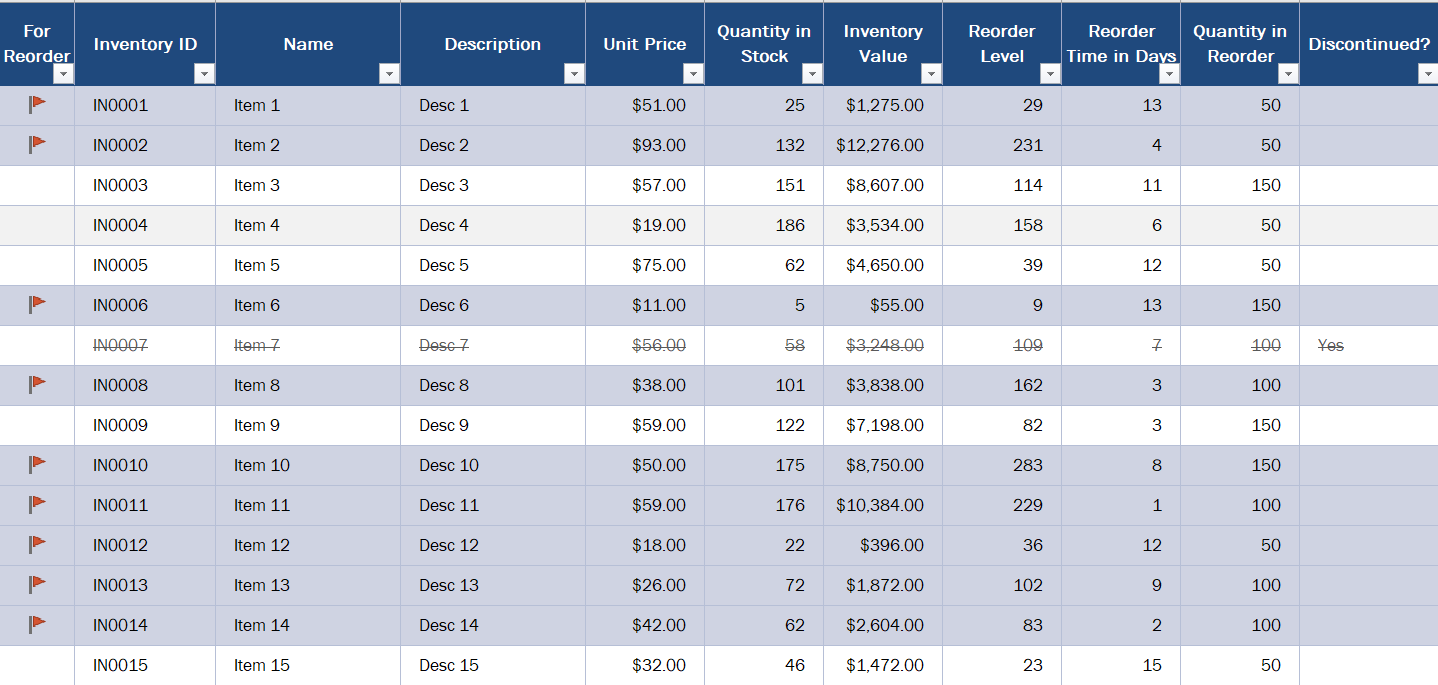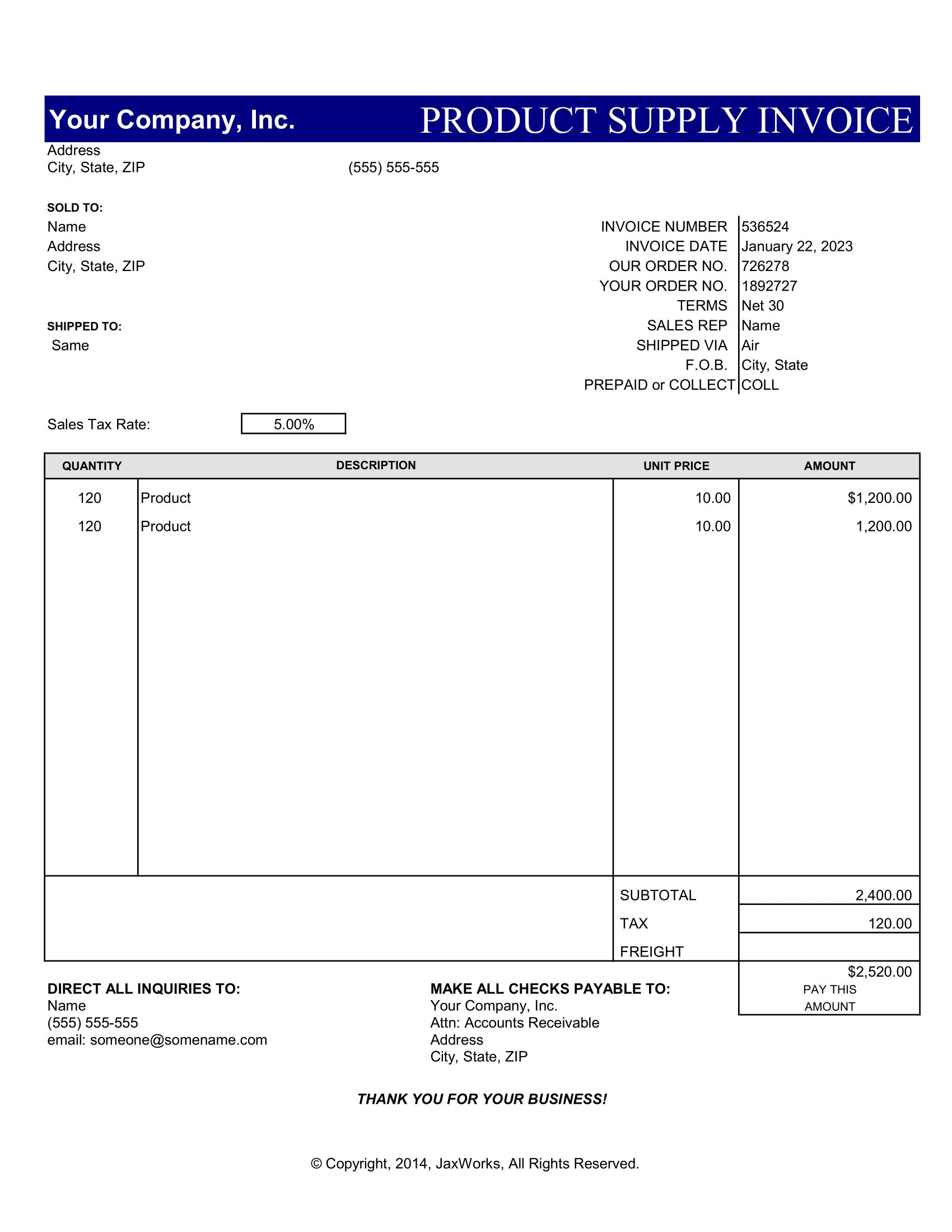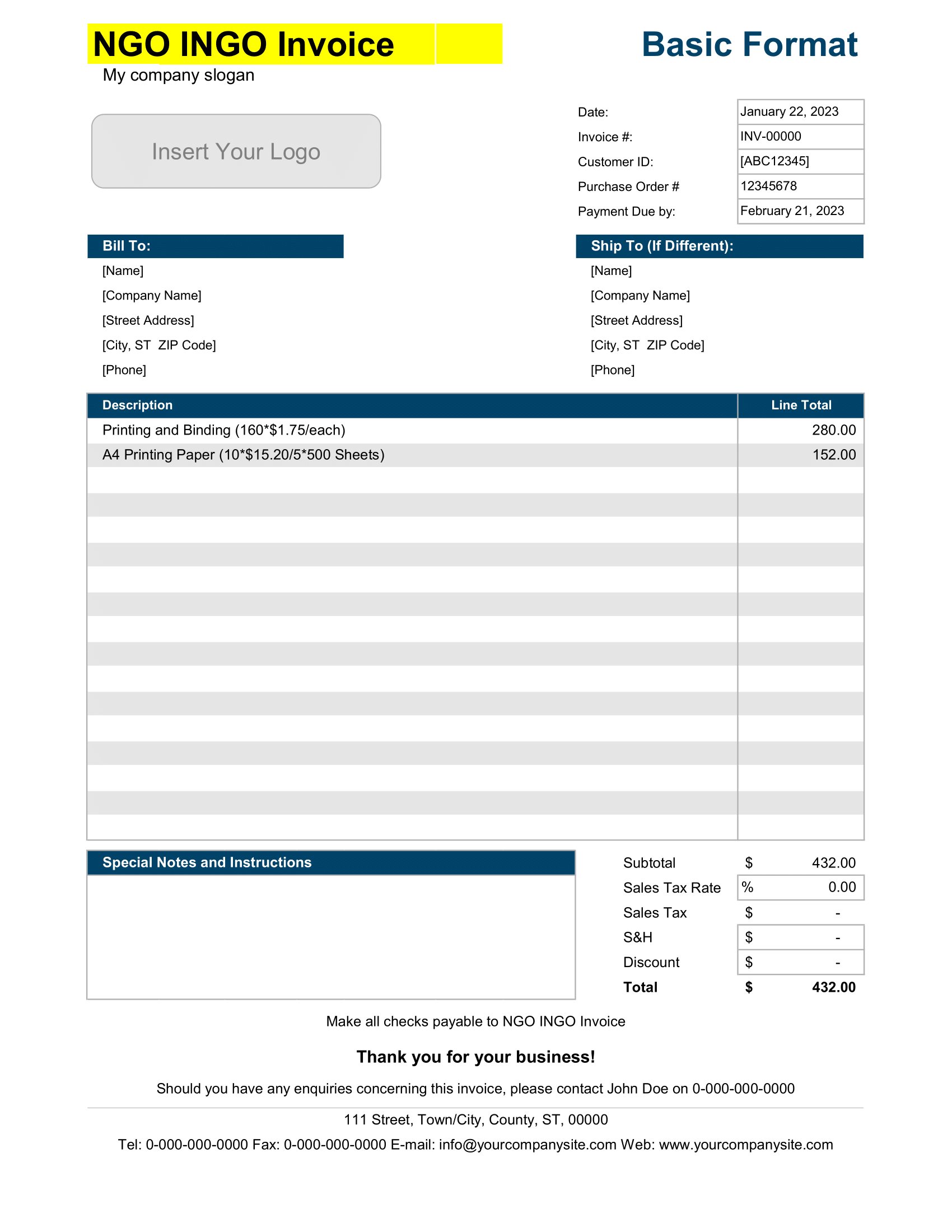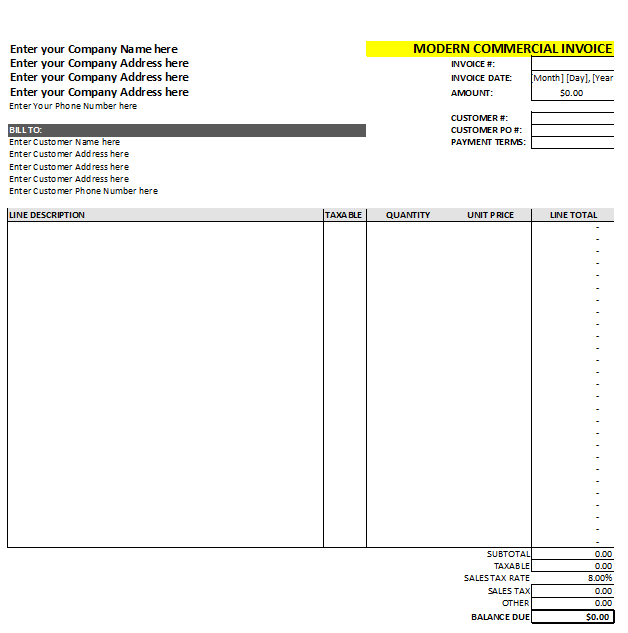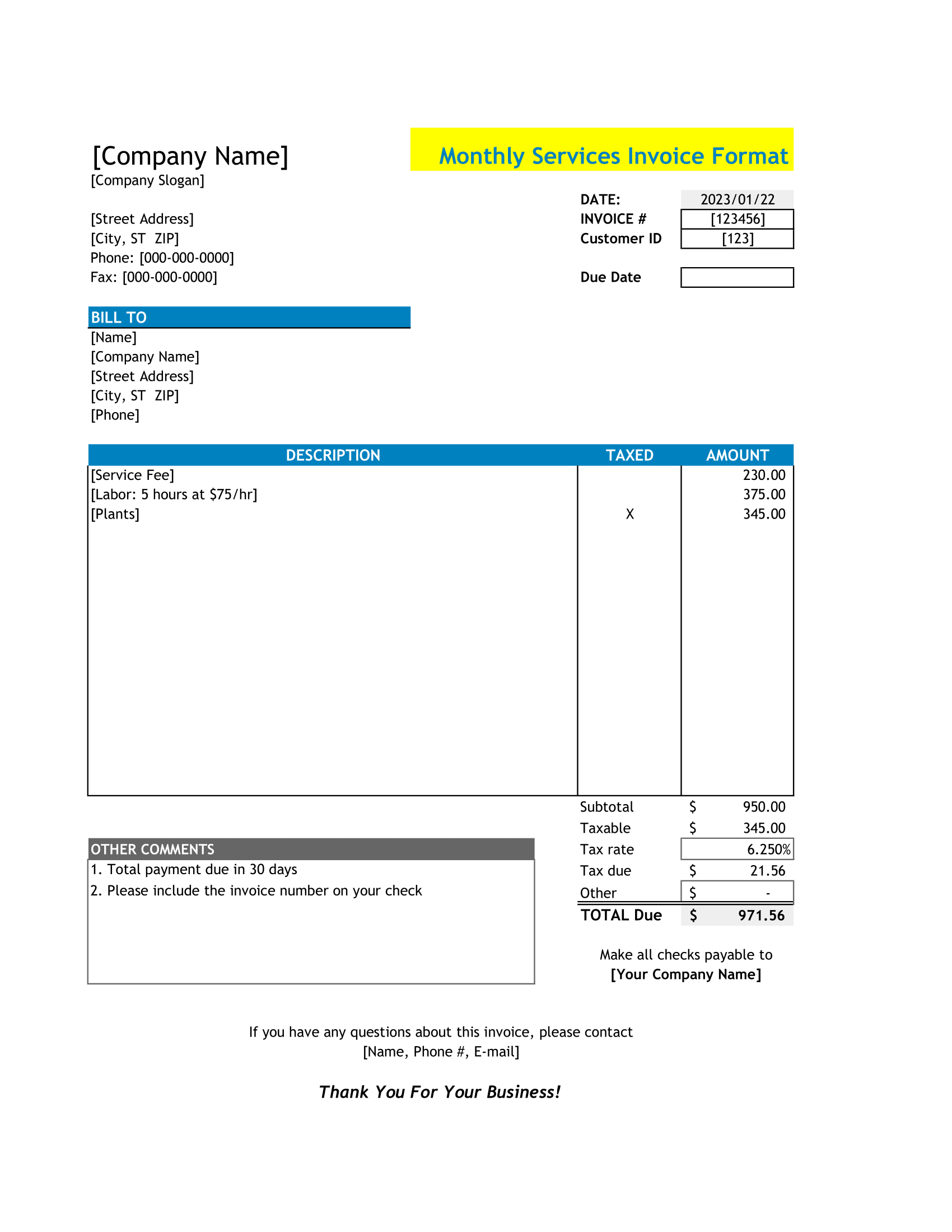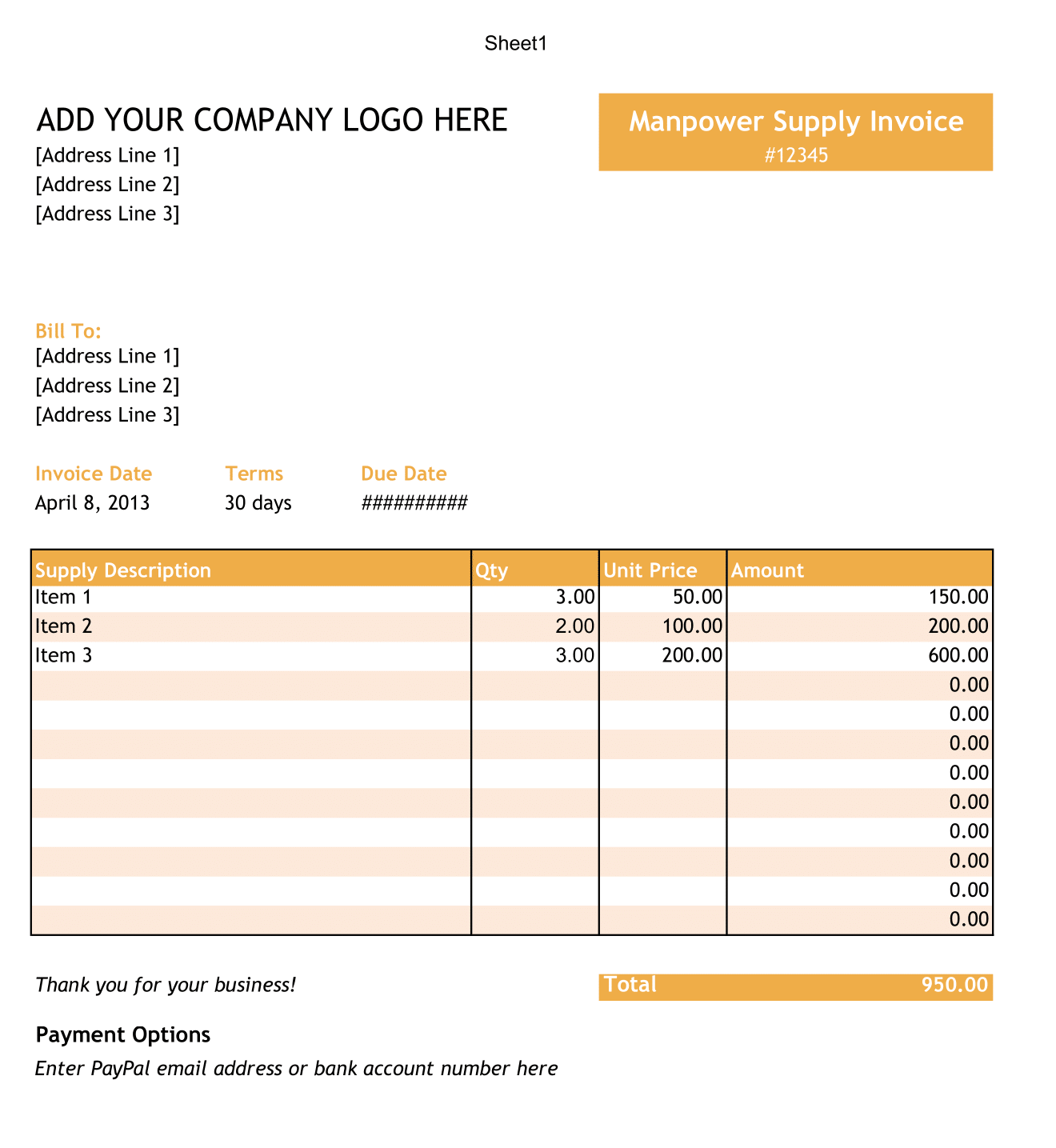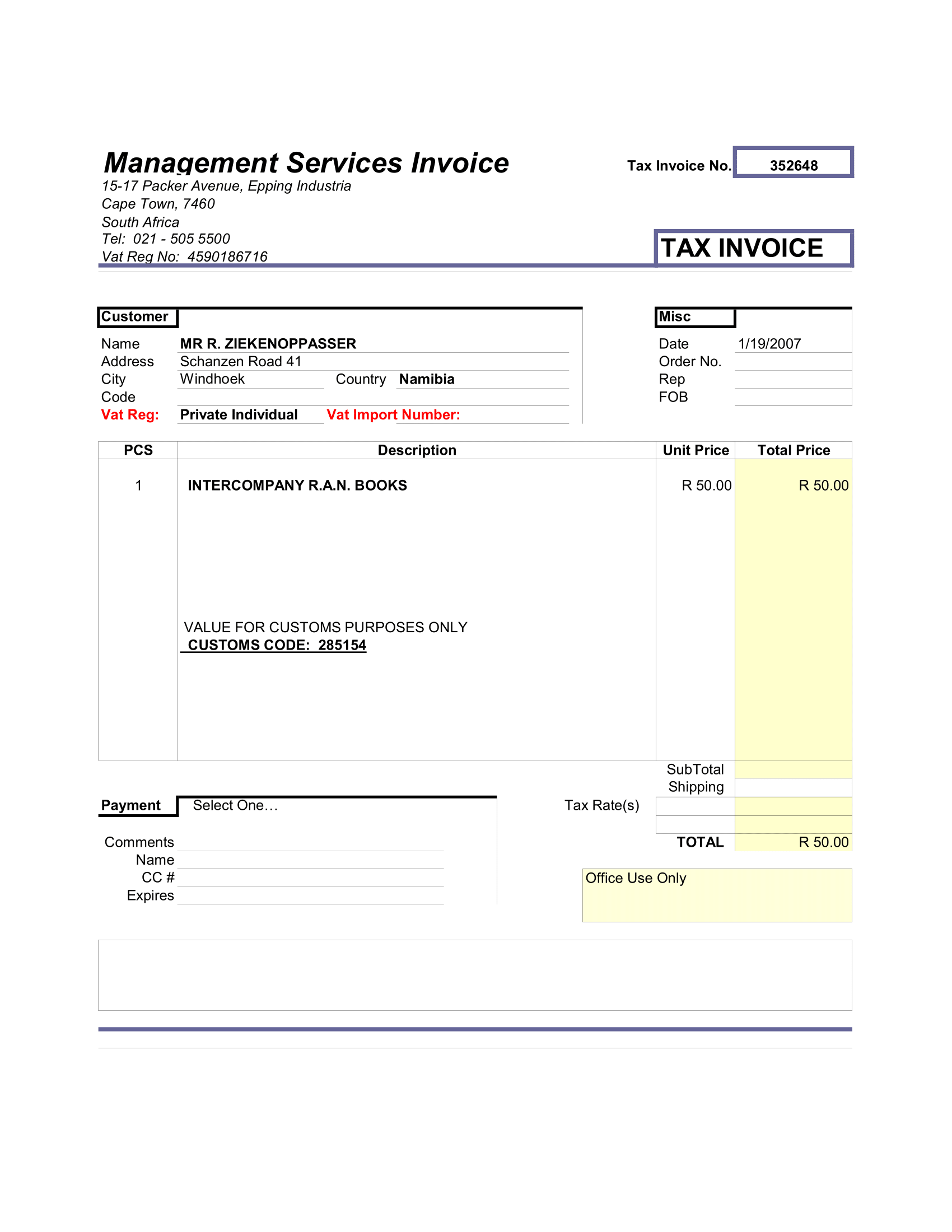An Inventory Sheet is the bookkeeping of items, the parts and raw materials that a business either uses in production or sells. Practice inventory management to ensure that you have enough stock and sales. The verb “inventory” refers to registering and counting items. It refers to all stock of various production stages. So, both retailers and manufacturers can continue to sell items and products. Inventory is a major asset on the balance for most companies. The main goal of the inventory template is for generating profit but if a stock is for sale it cannot be considered as inventory.
An inventory sheet is a complete, itemized list of every product, id number your business have in stock. It includes raw materials, work-in-progress, and finished goods. An inventory sheet should include each item’s SKU number, name, description, cost, and quantity in stock.
How to create an Inventory Sheet in EXCEL
Any vendor, salesperson, a retailer must have an inventory management system. Keeping track of stocks with the help of professional software. Most people will look at the money needed to acquire such software and give up. So, we have created some simple sheets, rules and categories to follow to make a good inventory list of your stock. Considering Microsoft Excel as a substitute, most retailers will keep such records. Because not using these tools in the long run, end up affecting business performance.
Steps to follow
Firstly, chose the type you prefer for your inventory list.
Through the given template select options the one that is suitable or meet your preferences.
Similarly, you will find this choice to the right of the template’s preview window. It will make your template.
You can delete the pre-formatted data and enter your data under the item number, item name, item cost, etc. So one template created in the right way can be copied and used over and over, for a variety of organizational uses.
Insert your Inventory Data.
To modify a pre-filled column, double-click it, delete the number or word there, and enter your stock’s information. However, every inventory list should contain the following options:
The Columns includes
Inventory ID – Every item’s has a different inventory ID number
Name- Stock and item Name
Description- About the product and stock details
Unit Price- Costs of every listed item.
Quantity in Stock
Inventory Value- Value and Costs of every item
Recorder Level or Recorder Time in Days- How much stock sold is Recorded.
Discontinued- If an Item is not in Stock is Discontinued
Types of Inventory
Material- That a company uses for the Products.
Components- Used to finish the products made by the material
Production- Include labour, components, the material used to pack the product.
Goods- Ready to sell Stock and Products.
Maintenance- Of product and services in Business.
Safety Stock- To maintain the stock limit.
Service inventory- used for accounting and management of sales.
Transit- Moving of items between the manufacturer and distribution centres.
Importance of Inventory Template
Inventory is a major advantage for any manufacturing or trading company, so it’s essential for business owners and managers to understand what it means. Moreover, to the common definition, certain industries like manufacturing and sales use specialized tools that account for all of the items relevant to that industry. Basically, knowing the different types of inventory, their types that aren’t used in accounting, can help business managers to understand how their inventory is working for them.
- To learn your inventory turnovers
- Measure what you have for sale
- Find out which Item and Stock Aren’t Selling
- Exact Income Tax Reporting
- Keep you organized and spend accurately

